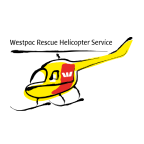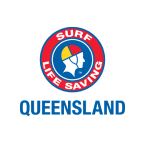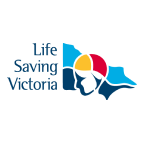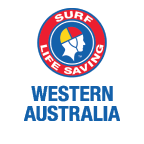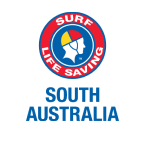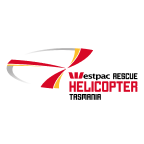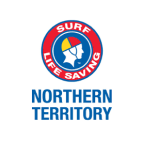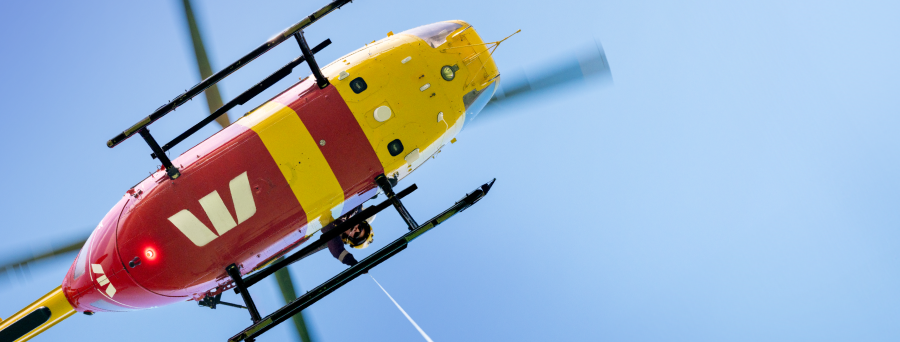
Westpac Lifesaver Rescue Helicopter Service
Westpac has been the proud supporter of the Westpac Lifesaver Rescue Helicopter Service (WLRHS) since 1973.
With over 300 rescue professionals and volunteers performing more than 100,000 missions across Australia since the day it began, the Westpac Lifesaver Rescue Helicopter Service really has kept Australia, safe as.
We are forever grateful for the critical role the Services play in keeping Aussies safe. Every day we look up and say ‘thank you' to all the crew, pilots, volunteers, doctors and support teams around Australia who make safety part of who we are.
[Voiceover]
Westpac Lifesaver Rescue Helicopter
Two fisherman washed off the rocks of Kernel
Going to be a really small Target
Speaker 1:
The service is Flowing thousands and thousands of missions you see over the years how many people this service has rescued.
Speaker 2:
You see every second counts in these situations and the sooner we can get out there the sooner we can get the people into a safe environment. In a matter of minutes the situation can change dramatically especially when there's no one else there.
Interviewee 1:
We set offshore about 7:30 in the morning on the Saturday for a game fishing tournament. 5 hours later we were scrambling for life jackets. Within 30 seconds the boat had rolled I thought that both me best mate and another mate's son were gone we didn't think we were going to make it.
Speaker 2:
The sense of Pride turning up here and putting the uniform on in the morning and just knowing that when we leave the building we're going out to help the community and make a meaningful impact.
Speaker 3:
Some people that we do rescue are going 'oh my God how much is this going to cost?' There's no bill at the end of the rescue which is incredible.
It's for the people of Sydney to just to have this asset sitting here on the coast I think it's a fantastic operation.
Interviewee 1
And then we stay in the chopper and Stewie goes "that's the Westpac" and it just flew straight towards us.
Interviewee 2
I think the smile on his face when he seen me get pulled into that Chopper was next level. It was a massive sense of relief knowing that we were alright. Three important things on the boat got off so that was a main thing.
Interviewee 1
It was the biggest life changing moment I think for all three of us. If we didn't have that Chopper turn up when it did, yeah we wouldn't be here today if it wasn't for the guys that come saved us.
Keeping Australians safe as, from the bush to the beach.
- The Westpac Lifesaver Rescue Helicopter Service operates 15 aircraft and one rescue boat from 13 bases around Australia.
- The Services perform a range of missions including coastal search and rescues, responding to inland motor vehicle and farming incidents, as well as transferring critically ill patients between hospitals.
- The Westpac Lifesaver Rescue Helicopter Service has been there to assist emergency situations including the Granville train disaster (1977), the Thredbo landslide (1997) and the Queensland floods (2011).
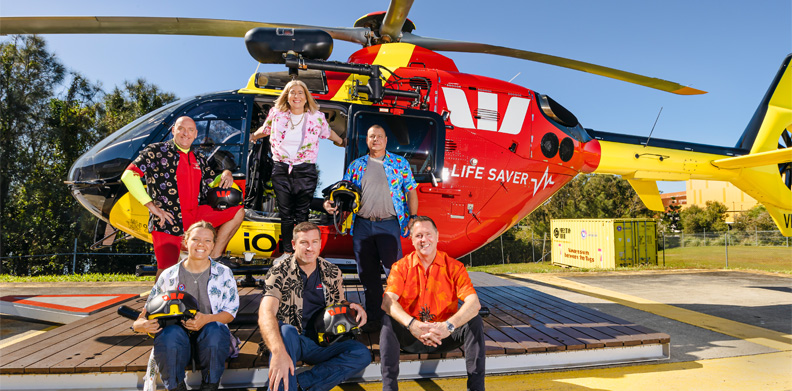
How we show our support
Westpac’s support of the Westpac Lifesaver Rescue Helicopter Service is one of the longest corporate community partnerships in Australia.
We are proud to recognise the crucial role the Services and crews play in keeping our communities safe.
Rescue Helicopter Month
Each year we celebrate the anniversary of the Westpac Lifesaver Rescue Helicopter Service by sporting our favourite bright summer outfits in branches and offices across Australia to help raise awareness and fundraise for local rescue crews.
Westpac Lifesaver Rescue Helicopter Landings Program
We team up with the Westpac rescue helicopter services to educate young Australians about safety by:
- Giving kids the opportunity to experience a Westpac rescue helicopter landing at their school and to meet the crews who dedicate their lives to helping others.
- Curriculum-aligned interactive lessons and resources.
Head to our Westpac Lifesaver Rescue Helicopter Landings Program page to find out more.
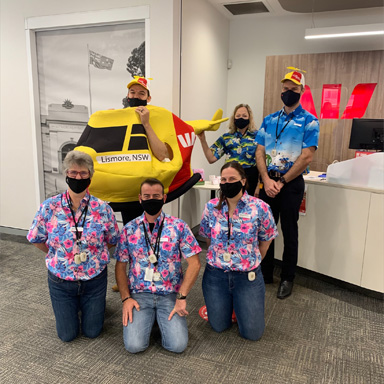
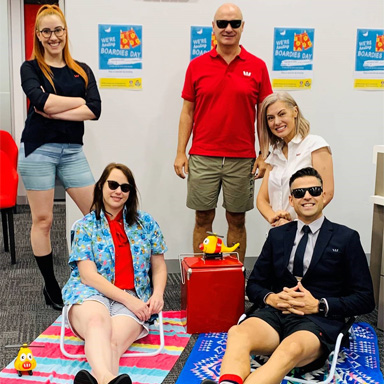
A mission in motion
With over 100,000 missions flown there are so many stories of the Westpac rescue helicopters helping Australians.
This video tells the story of when the Westpac Rescue Helicopter Service in Northern NSW found Trevor and Dylan lost at sea and being circled by sharks off the Tweed Heads coast.
Speaker 1
The ocean's a place that within 10 seconds can go from a lovely, calm environment to trying to kill you outright. There's a lot of things that can go wrong.
I had gone down to the Tweed to go diving with a friend of mine, Dylan, and his dad was coming out and driving the boat for us. We decided to go out to a reef called 9 mile. So we got in, he did one drift across and he picked us up and took us back up again.
Unfortunately, after doing those drops, his father had lost track of where we were and we got separated.
Speaker 2
He's on the other side of 9 mile. Looking for us where he dropped us off. He doesn’t understand that current pulls.
Speaker 3
Dad!
Speaker 2
Along we swim this way, less chance we have in getting that way by dark.
Speaker 4
Westpac 4, this is Westpac 4 base. We have a job to Fingal Head for two missing snorkelers.
We had just done our morning brief, and we were given a phone call by Australian search and rescue that there were some people missing off Fingal Headland, about ten miles out to sea.
We took some time to plan and deploy two to Fingal for a search.
Speaker 1
For the first half an hour or so, we tried to swim back up current to get to the boat and that wasn't very effective.
One way to get noticed is you take one of your fins off, stick it on the end of your spear gun and put that up as high as you can, because the carbon of the fin reflects sunlight. So it acts kind of like a large mirror.
That didn't work and get his attention and also when you do that, you're swimming a bit erratically and erratic swimming attracts certain creatures that you don't usually want to attract in those situations.
Speaker 3
Shark! There's a shark!
Speaker 5
Fingal Headland. The helicopter Westpac 1.
Speaker 6
Everyone's eyes outside, these people could be anywhere.
Speaker 4
From the air, the ocean is very dark blue or even black. And when you have people with a black wetsuit and black hoods on, they're virtually invisible.
Speaker 1
When we first saw the helicopters, they were searching in the wrong area. So in our mind, we didn't think they would find us.
At that stage, I had started cramping up in my legs as well and the time that we were misplaced by the driver of the boat would have been about 3 hours.
After a while, the second Westpac helicopter joined the search. When they first came very close to where we were, it was quite an uplifting feeling. Definitely took a lot of the stresses off. It felt like they saw us. It actually slowed down and stopped and turned and there was a very large sense of relief. Somewhat overwhelming.
Speaker 7
I've spotted, spotted two divers. Two divers 3 o'clock. Cabin door is opening. This end, I've lost sight. Somewhere in this vicinity. 1 o'clock.
Speaker 4
As another chop came up, we lost them. Until you've winched them aboard the aircraft, they're not out of danger. We lost them for a moment. We conducted a search in the area and we found them again and once we had them a second time, we weren't going to lose them.
We pulled into a hover and we stayed there until we'd winch both of them out of the water.
From the air, you get an appreciation of how dire their situation was. It turns out they had a few sharks circling them. Sometimes, by the time you're tasked, the odds are pretty slim. These guys got quite fortunate that we're in the right place at the right time to help them out.
Speaker 1
We were lucky. The sharks that we were experiencing during that swim in - I was swimming really erratically and to them that looks like a weak prey animal. If it wasn't for the helicopter coming and getting us, the percentage is quite low that we would've eventually made it back to shore.
If it wasn't for Tim and the rest of the crew, we may not even be here. Very thankful.
Connect with your local base
Learn more about your local Service and how you can support it.
Help the helicopters take off
It costs almost $7,000 for every hour that a Westpac rescue helicopter flies. Your donation, no matter how big or small, will help with funding for:
- Critical resources for the helicopters
- Equipment for the crew
- Training and resources
Things you should know:
Online donations to Westpac Lifesaver Rescue Helicopter Services are administered by Go Fundraise. By clicking “Donate” you will be taken to the Go Fundraise page to make a donation to the Westpac Lifesaver Helicopter Rescue Service of your choice. Westpac Group does not receive a commission or financial benefit from donations to the Westpac Lifesaver Rescue Helicopter Service. Each Westpac Lifesaver Rescue Helicopter Service is endorsed by the ATO as a Deductible Gift Recipient. Donations of more than AUD$2 are tax deductible. ©Westpac Banking Corporation ABN 33 007 457 141 AFSL and Australian credit licence 233714.

